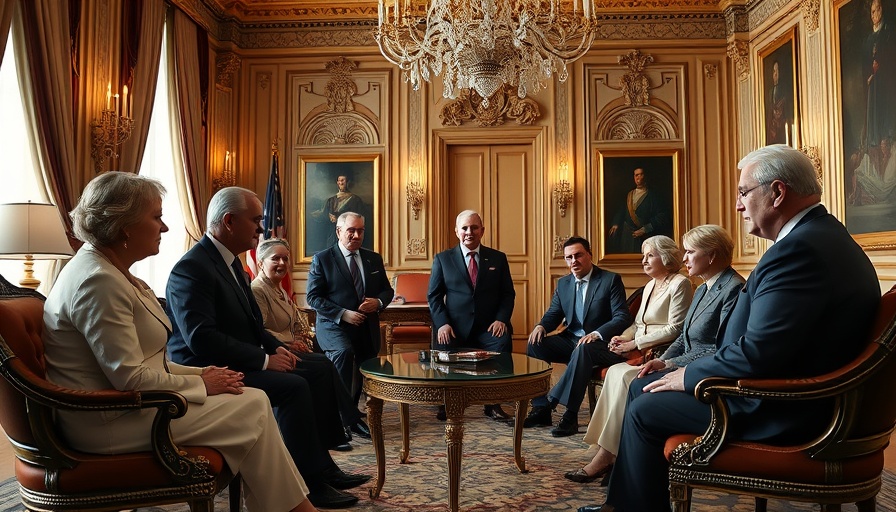
Trump's Middle East Deals: A Closer Look
In a highly publicized event, President Trump announced a staggering $600 billion in investment deals secured during his recent tour of the Middle East, particularly with Saudi Arabia. However, the details surrounding these agreements have raised eyebrows and sparked questions among observers and critics alike.
Delving Into the Details: What's Really at Stake?
While the White House proclamation aims to showcase the president's success, an examination of the disclosed agreements reveals a more nuanced picture. The provided list of deals appears to amount to only about $283 billion, casting doubt on whether the larger sum reflects new commitments or merely existing projects being repackaged for public presentation.
Critics argue that many of these agreements were in the pipeline before Trump's presidency. This issue is compounded by the vagueness surrounding essential aspects, including the nature of the investments—whether they are U.S. companies investing in Saudi ventures or the reverse.
The Bigger Picture: U.S.-Saudi Business Relations
This development is not merely about the dollar figures but rather what this signifies regarding the ongoing relationship between the United States and Saudi Arabia. Historically, the U.S. has maintained a unique alliance with the Kingdom, rooted in mutual economic interests. The recent interactions highlight this ongoing partnership, with some analysts asserting that both nations might benefit from a solidified economic connection amidst geopolitical uncertainties.
An Analogy Worth Considering: Past U.S. Presidents and Foreign Deals
The aspiration to secure business agreements abroad is not new and has been a hallmark of multiple administrations. For instance, former President Obama focused on rebalancing U.S. foreign relations with an emphasis on Asia, while President George W. Bush primarily navigated through Middle Eastern conflicts. Each administration sought to enhance America's global standing through strategic alliances anchored by economic investments.
Future Implications: What Lies Ahead
The implications of these agreements could stretch far beyond immediate financial gain. If executed effectively, these deals could pave the way for U.S. companies to strengthen their foothold in the Middle East, leading to long-term partnerships. These agreements also invite scrutiny on their potential impact on the U.S. economy and job market, as well as implications for global stability.
Potential Risks and Challenges to Consider
While the advancements seem promising, risks accompany such large investments. The volatility associated with international relations, particularly in regions marked by tension, poses significant uncertainties. Projects might face delays or cancellation due to shifts in political climates, raising concerns over the reliability and integrity of these expansive agreements.
Your Takeaway: What This Means for You
Understanding the intricacies of these international agreements is crucial, not only for investors but also for everyday citizens. The outcomes of these deals could have significant ramifications on the U.S. economy and global market dynamics. As the realities of these agreements unfold, it’s essential to stay informed and recognize how international relations shape the economic landscape.
In conclusion, while the prospect of $600 billion in deals sounds promising, a closer examination reveals complexities and uncertainties. Ensuring that these investments foster real growth and stability will be critical in the weeks and months to come.
 Add Row
Add Row  Add
Add 




 Add Row
Add Row  Add
Add 

Write A Comment